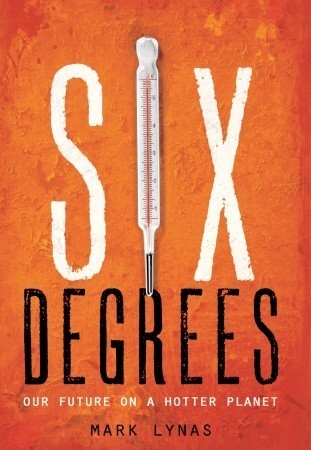What do you think?
Rate this book


336 pages, Hardcover
First published January 1, 2007

A survey of 1,500 American science teachers published last year in the journal Science found 30 percent of those surveyed said they emphasized in their classes that recent global warming “is likely due to natural causes.” Less than half also correctly identified the degree of consensus among climate scientists that human activities are the primary cause of global warming.It's difficult to imagine any credentialed science teacher being influenced by this propaganda. All teachers I know would recognize it as politically motivated misinformation.
Environmental Health...also refers to the theory and practice of assessing, correcting, controlling, and preventing those factors in the environment that can potentially adversely affect the health of present and future generations.*1992*
The concern of nurses is for people's health--it's promotion, its maintenance, its restoration. The healthy lives of people depend ultimately on the health of Planet Earth--its soil, its water, its oceans, its atmosphere, its biological diversity--all of the elements which constitute people's natural environment. By extension, therefore, nurses need to be concerned with the promotion, maintenance, and restoration of health of the natural environment, particularly with the pollution, degradation, and destruction of that environment being caused by human activities.






